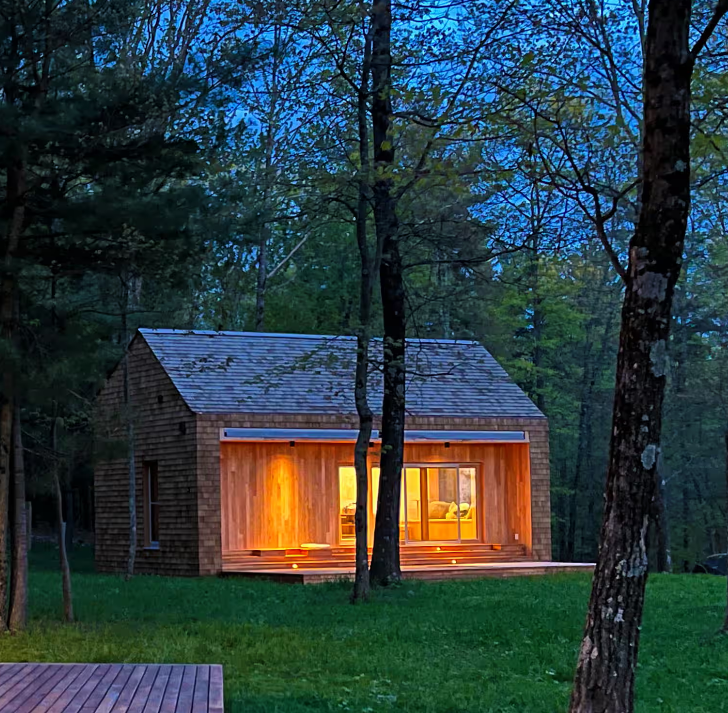‘It’s almost carbon-negative’
How hemp became a surprise building material

The article titled ‘It’s almost carbon-negative’: how hemp became a surprise building material highlights the growing interest in using hemp, specifically its non-psychoactive variant known as hempcrete, as an eco-friendly alternative to traditional construction materials like concrete. Proponents emphasise its non-toxic nature and resistance to mould, fire, and infestations. The cement industry's significant contribution to carbon dioxide emissions and associated environmental issues have prompted the exploration of sustainable alternatives. Hemp mixed with lime, referred to as hempcrete, is being considered for creating low-carbon, climate-friendly building materials. In contrast to load-bearing applications, hempcrete is primarily used for thermally efficient insulation and interior walls, contributing to a more sustainable approach in construction.
Urban designer Kaja Kühl, associated with a Columbia University initiative promoting environmental initiatives in the Hudson Valley, exemplifies the potential of hemp-based materials. She successfully constructed two cottages in upstate New York using hemp-lime, demonstrating the viability of such materials in sustainable building practises. The hempcrete bricks, combined with timber for reduced carbon impact, offer a glimpse into the possibilities of bio-based construction. This approach, embraced by a growing network of advocates, designers, and fabricators, aims to significantly diminish the upfront carbon footprint of building materials, potentially addressing a substantial portion of their carbon lifecycle, which can often amount to 80%.
Photo credit: Laszlo Kovacs
Abstract based directly on source.


Comments